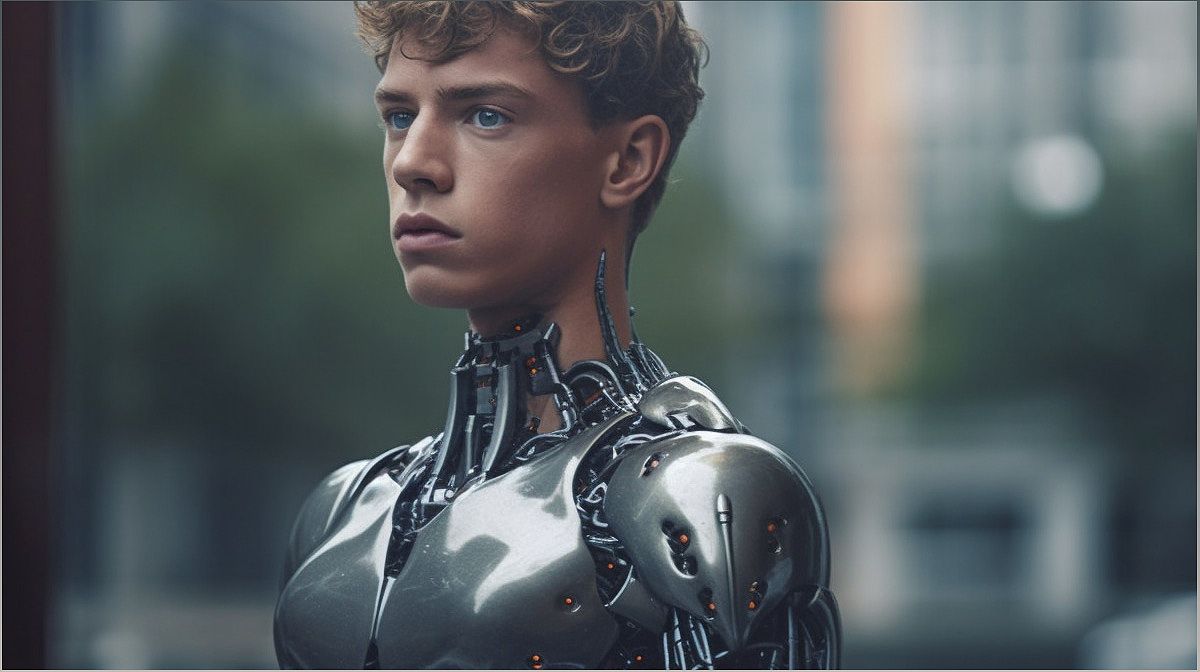Welcome to the dynamic space where science and art converge, creating a realm of boundless creativity and innovation. In this article, we will delve into the symbiotic relationship between these two disciplines, exploring how they inform, enhance, and redefine each other. Prepare to be captivated by the confluence of science and art, where the empirical meets the expressive, and our understanding of the world is enriched.
The Symbiosis of Science and Art
Explore the deep interconnection between science and art, two seemingly different disciplines that share a common goal of understanding the world.
Science and art may appear to be distinct fields, driven by different approaches and motivations. However, they are deeply interconnected in their pursuit of knowledge and interpretation of the world around us. Both scientists and artists observe, experiment, and create, following a similar process of inquiry and discovery.
Science, as a systematic enterprise, builds and organizes knowledge through testable explanations and predictions about the universe. On the other hand, art encompasses a diverse range of human activities involving the creation of visual, auditory, or performance artifacts that express imaginative and conceptual ideas.
Despite their differences, science and art converge in their shared quest to understand and interpret the world. This symbiotic relationship between the two fields leads to profound insights, innovative approaches, and breathtaking creations.
The Interplay of Visuals and Concepts
Discover how visual art and scientific concepts intersect, with artists visualizing complex information and scientists finding inspiration in artistic expressions.
Visual art has long been a powerful medium for communicating scientific concepts. Artists like Leonardo da Vinci and Maria Sibylla Merian have contributed to scientific understanding by creating visually captivating representations of anatomical details and botanical illustrations, respectively.
Conversely, scientific imaging technologies, such as microscopy and telescopic photography, have inspired artists by revealing patterns and structures that are not visible to the naked eye. The intricate details captured through scientific imaging can serve as a wellspring of inspiration for artistic expression.
This interplay between visuals and concepts enhances our understanding of both science and art, bridging the gap between empirical data and emotional aesthetics.
Innovation Through Integration
Explore how the integration of science and art leads to technological advancements and novel artistic mediums.
The fusion of science and art has resulted in groundbreaking innovations and the emergence of new artistic mediums. For example, the development of digital art has been propelled by advances in computer science and programming. Artists now utilize software and algorithms to create interactive installations and digital landscapes.
Similarly, scientists harness similar tools to model complex systems and visualize data, pushing the boundaries of scientific exploration. This integration of technology and creativity has opened up new avenues for artistic expression and scientific discovery.
Emotional Resonance and Conceptual Depth
Discover how art evokes emotions and fosters a deeper understanding of scientific issues, such as climate change.
Art has the remarkable ability to evoke emotions and provoke thought, making it a powerful catalyst for public engagement with scientific issues. Take, for instance, the topic of climate change. The abstract and overwhelming data on climate change can be made more tangible and relatable through art installations and performances.
By creating immersive experiences and visual narratives, artists can foster a deeper emotional connection and understanding of complex scientific concepts. This emotional resonance not only raises awareness but also encourages individuals to take action and address pressing societal challenges.
Sources of Inspiration
Explore how artists and scientists draw inspiration from each other's work, leading to new perspectives and creative breakthroughs.
Artists and scientists often find inspiration in each other's work, leading to cross-pollination of ideas and innovative approaches. For example, the intricate forms of fractals have captivated both mathematicians and artists, resulting in mesmerizing artworks that reflect the beauty of mathematical order.
Similarly, the conceptual frameworks of quantum physics have influenced narrative structures and themes within literature and film, blurring the boundaries between science and art. This exchange of ideas sparks creativity and expands the horizons of both fields.
Educational Crossroads
Discover how the integration of art into STEM education fosters creativity and problem-solving skills.
Education is a domain where science and art intersect, particularly through the STEAM (Science, Technology, Engineering, Art, and Mathematics) approach. Recognizing the value of creativity and design thinking in problem-solving, STEAM integrates artistic thinking into traditional STEM curricula.
By incorporating art into science and math education, students are encouraged to think outside the box, explore different perspectives, and develop innovative solutions. This interdisciplinary approach nurtures creativity, critical thinking, and collaboration, preparing students for the challenges of the future.

